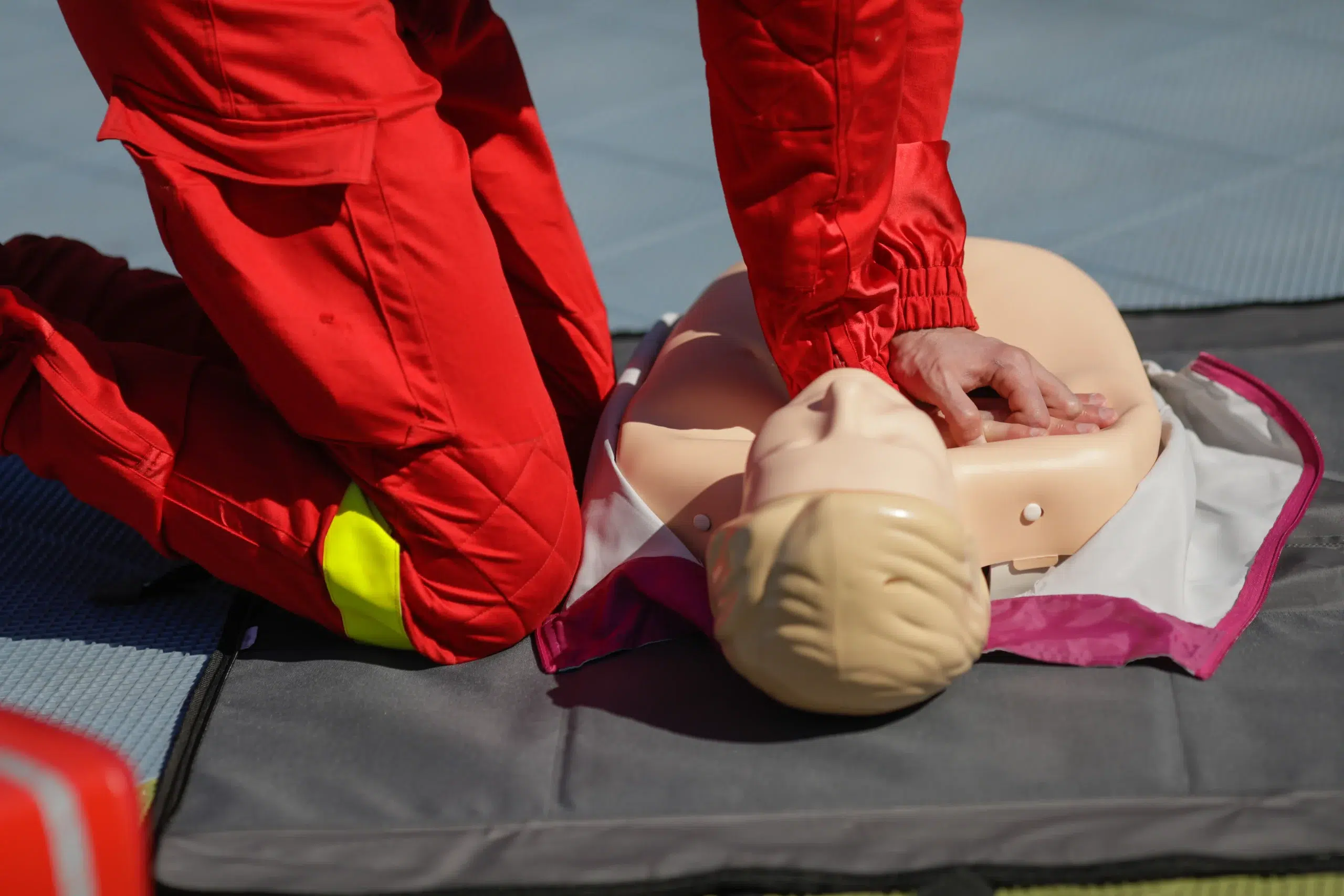When moments matter most, a simple skill like CPR can make the difference between life and death. Cardiopulmonary Resuscitation (CPR) is a crucial, life-saving technique used during cardiac or respiratory emergencies to restore blood flow and oxygen to the brain and vital organs. Whether you’re a healthcare professional or a member of the public, understanding CPR’s purpose and importance is critical.
This article dives deep into the role of CPR in healthcare, explaining its fundamental processes, historical evolution, life-saving impact, and the importance of training and certification. By the end, you’ll see how CPR can empower individuals to act confidently in emergencies and help improve survival rates.
Key Takeaways
- CPR saves lives. Acting quickly during cardiac or respiratory emergencies can prevent brain damage and increase survival rates.
- Healthcare professionals are essential. Their expertise in CPR and ongoing training play a critical role in improving patient outcomes.
- Everyone should learn CPR. Even basic knowledge can make a significant difference in public safety.
What Is CPR and Its Role in Healthcare
What is CPR?
CPR, or Cardiopulmonary Resuscitation, is an emergency life-saving procedure involving chest compressions and rescue breaths. It is performed when someone’s heart stops beating or they stop breathing. Its primary purpose is to maintain circulation and oxygenation, keeping vital organs functioning until advanced medical care can be provided.
- Chest Compressions: These manually pump the heart, maintaining blood flow throughout the body.
- Rescue Breaths: These deliver oxygen into the lungs, ensuring the brain and heart have the oxygen needed for survival.
Why Is CPR Critical?
CPR bridges the gap between the onset of a cardiac or respiratory emergency and the arrival of professional medical help. Without immediate CPR, brain damage can occur within 4 minutes, and death can follow within 10. It’s a universal technique, applicable in hospitals, homes, workplaces, and public spaces, making it a vital skill for all.
The History of CPR
How Did CPR Begin?
The concept of CPR has evolved over centuries. Early forms of resuscitation can be traced back to the 1700s, including chest compressions and primitive ventilation methods.
- 1950s: Mouth-to-mouth resuscitation was introduced.
- 1960s: The American Heart Association (AHA) formalized CPR techniques and increased public awareness.
- Today: CPR guidelines continually evolve based on advancements in medical research to improve effectiveness.
These milestones have helped shape CPR into the life-saving skill we recognize today.
The Importance of CPR in Saving Lives
Cardiac Arrest Statistics
The statistics are alarming:
Did you know that over 356,000 cardiac arrests occur outside hospitals annually in the United States? Of these, approximately 70% happen at home. Alarmingly, the survival rate drops by 7–10% for every minute without CPR.
The Chain of Survival
The “chain of survival” outlines critical steps to improve cardiac arrest outcomes. CPR plays a pivotal role in this chain, providing a foundation for survival until defibrillation and advanced care are available.
Bystander CPR Saves Lives
Studies show that bystander CPR can double—or even triple—survival chances. Immediate action, even from someone untrained, significantly increases the victim’s odds of recovery.
The Role of Healthcare Professionals in CPR
First Line of Defense
Healthcare professionals are the first responders in medical settings. Their ability to perform effective CPR is critical in emergencies. It’s not just about technical skill—it’s about acting swiftly and confidently under pressure.
Ongoing Training
Frequent CPR training and certification updates ensure healthcare workers are prepared to save lives. This includes nurses, paramedics, physicians, and even hospital administrators.
CPR Training and Certification
How to Get CPR Certified
Becoming CPR certified is straightforward. Here’s the process:
- Find a Credible Training Provider: Look for AHA-certified courses, such as those offered by Safety Training Seminars.
- Choose a Certification Type: Options include CPR & First Aid, Basic Life Support (BLS), Advanced Cardiac Life Support (ACLS), and Pediatric Advanced Life Support (PALS).
- Complete the Training: Expect hands-on practice, written exams, and practical tests.
- Receive Your Certification: Most certifications are valid for two years.
The Need for Public Action
CPR isn’t just for healthcare workers. Training the general public in CPR can create a community ready to act in emergencies, dramatically improving survival rates globally.
Debunking Myths About CPR
Many myths discourage people from performing CPR. Let’s address some common misconceptions:
- “Only trained professionals should perform CPR.”
Reality: Even untrained bystanders can perform chest compressions. Doing something is always better than doing nothing.
- “I’ll hurt the person if I do CPR wrong.”
Reality: The victim is already facing life-threatening circumstances. Proper CPR increases their chances of survival.
- “Mouth-to-mouth is mandatory.”
Reality: Hands-only CPR (chest compressions only) is highly effective and recommended for bystanders.
By tackling these myths, we can encourage more people to take action in emergencies.
Get CPR Certified
Equip yourself with the skills to save a life. Safety Training Seminars offers a range of AHA-certified CPR courses, including CPR & First Aid, BLS, ACLS, and PALS.
For healthcare organizations, ensure your team stays updated on life-saving techniques with regular training sessions.
Don’t wait for an emergency—act today!








